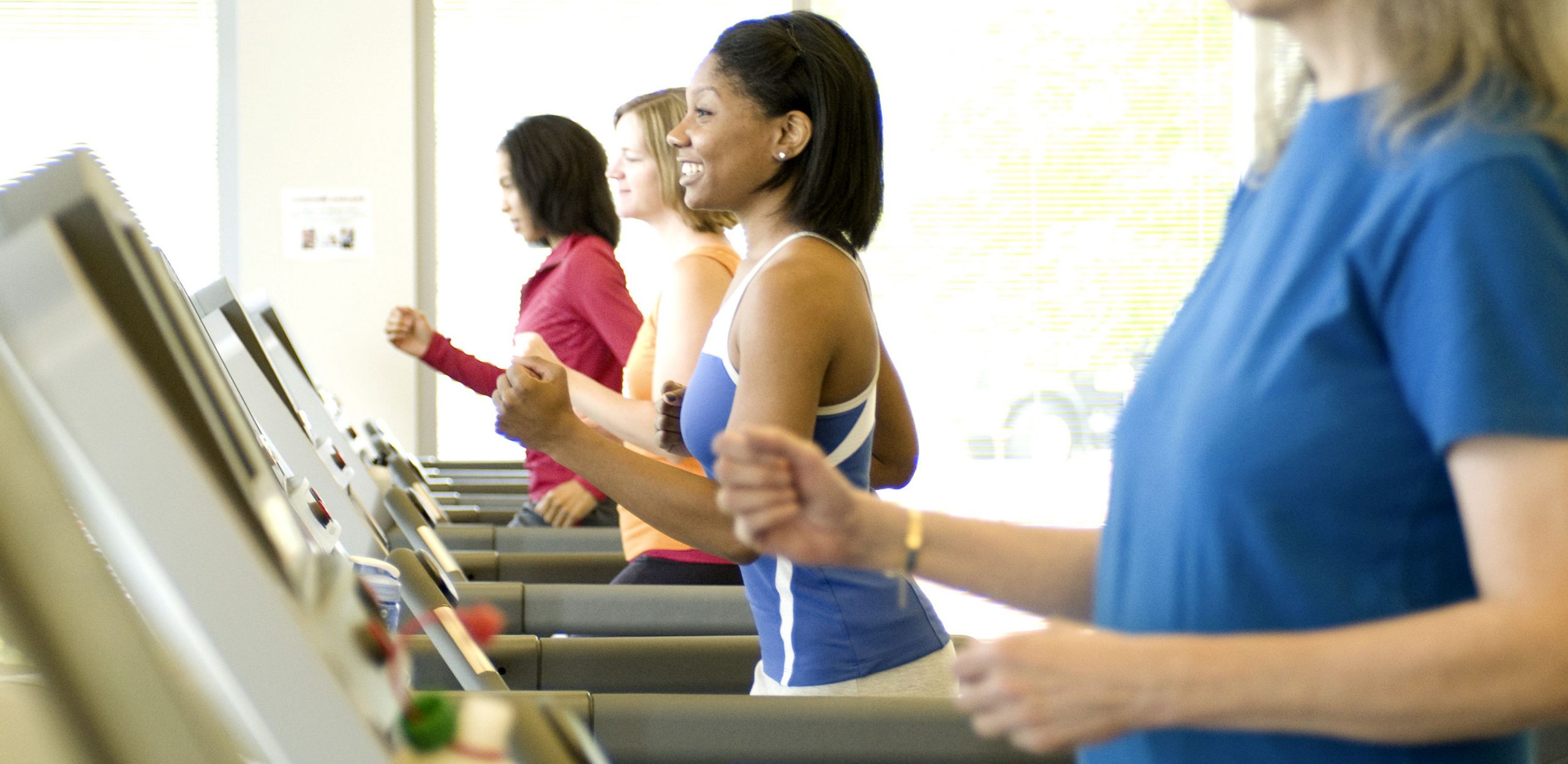
Scientists at Loughborough University have found exercising is more effective than food restriction in helping limit daily calorie consumption.
Dr David Stensel and colleagues at the NCSEM-EM studied women’s hormonal, psychological and behavioural responses to calorie control through exercise and food restriction over the course of nine hours.
Where an energy (calorie) deficit was achieved by food restriction, participants showed increased levels of the hunger hormone ghrelin and lower levels of a hunger suppressing hormone peptide YY. They also ate up to a third more at a buffet meal compared with another occasion when the same energy deficit was created via exercise (participants ate an average 944 calories following food restriction compared to 660 calories after exercise).
The findings contradict previous studies that suggest exercise makes people – in particular women – eat more. They also show the response of the hormones ghrelin and peptide YY to exercise is the same for both men and women.
Dr Stensel, a Reader in Exercise Metabolism in Loughborough’s School of Sport, Exercise and Health Sciences, said:
“Our findings provide a valuable contribution to the diet and exercise debate. We’ve shown that exercise does not make you hungrier or encourage you to eat more – at least not in the hours immediately following it.
“Our next step is to see whether this benefit continues beyond the first day of exercise.”
The findings follow a pair of studies designed to identify whether women’s appetite responses differ to men’s.
In the first study, calorie intake was restricted through diet or exercise (a moderate intensity 90 minute treadmill run), and appetite responses were measured over a nine-hour period. The same group of 12 women took part in both sections of the study.
The second study directly compared appetite perception, appetite hormone and food intake responses to exercise in men and women.
The paper ‘Appetite and energy intake responses to acute energy deficits in females versus males’ is published this month in Medicine & Science in Sports and Exercise.
Image: Pixabay